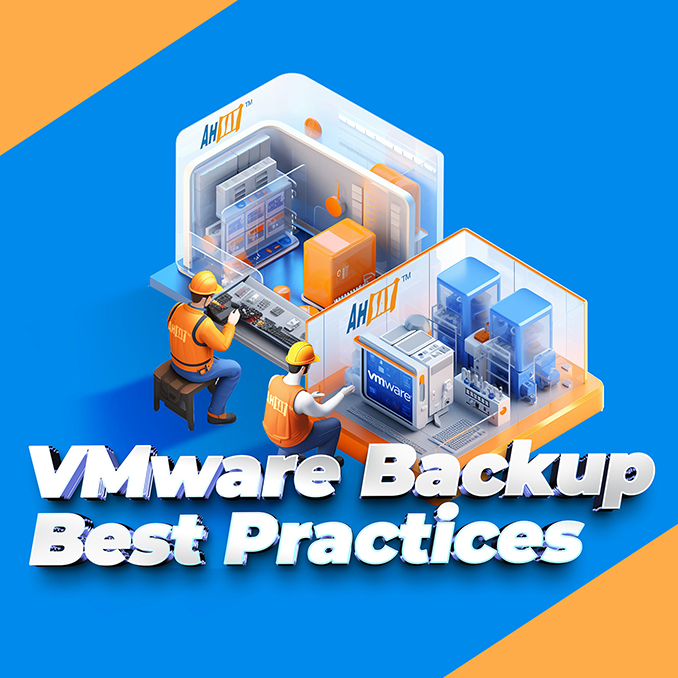In today's digital age, data is the lifeblood of any organization, and ensuring its safety and availability is crucial. VMware, a leading virtualization platform, plays a significant role in many businesses' IT infrastructure. As with any critical system, it is essential to have a robust backup strategy in place to protect your VMware environment from data loss or unforeseen disasters. In this blog post, we will discuss the best practices for backup VMware, ensuring the security and recoverability of your valuable virtualized data.
Regularly Test and Validate Backups
One of the critical aspects of an effective backup strategy for VMware is to test and validate your backups regularly. Simply assuming that your backups are functioning well can be a severe mistake. By regularly testing and validating your backups, you can identify any issues or errors before they become critical. Using Ahsay's data Integrity checks ensure a smooth and successful recovery, minimizing business downtime in the event of any system outages. This practice ensures that your backups are reliable and can be restored successfully. Automating this process can further streamline testing and validation, providing peace of mind and reducing the risk of data loss. Ahsay’s Restore Drill helps you by fully automating regular testing of your backups. Giving your backup data a regular clean bill of health gives you the extra peace of mind that all your backups are fully recoverable should any disaster happen!
Data Deduplication
Backing up your entire VMware environment every time can be time-consuming and resource-intensive. To optimize your backup process, it is recommended to use data deduplication, which is the process of identifying and eliminating duplicate copies of data.
Ahsay uses a sourced-based data deduplication engine, which is powered by an advanced content-based chunking algorithm, to deliver fast and efficient deduplication to identify and filter out all duplicate data blocks from the selected backup data, only uploading the unique data blocks to the backup destination or cloud storage. The data deduplication engine is also used to identify unique data blocks for subsequent backup jobs where files are updated or added. You can save up to 90% backup time, storage space, and boost data recovery speed.
Utilize Offsite Storage and Multi-Destinations Backup
Storing your backups in the exact location as your VMware environment introduces a single point of failure. To ensure the safety of your backups, it is crucial to utilize offsite storage and multi-destinations backup. Offsite storage protects your backups from physical disasters, such as fire, flood, or theft. Additionally, multi-destination backups ensures that you have multiple copies of your data anywhere to anywhere in case one location becomes inaccessible. Ahsay comes with application-aware VM backup, live VM migration, and VM Run Direct; these features significantly enhance the resilience and availability of your VMware backups, allowing for quick recovery in a disaster.
Backing up your VMware environment is not just a recommended practice; it is necessary to safeguard your valuable virtualized data. By following the best practices discussed in this blog post, such as regularly testing and validating backups, implementing data deduplication backups, and utilizing offsite storage and multi-destinations backup, you can ensure the security and recoverability of your VMware environment. Remember, a well-designed backup strategy is the key to minimizing downtime, reducing data loss, and maintaining business continuity. Get a free trial.
